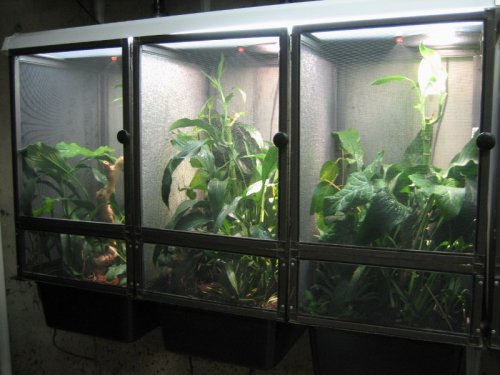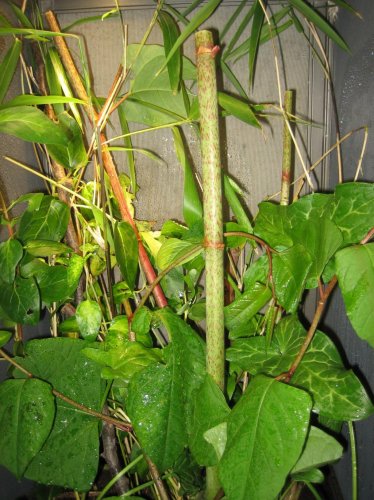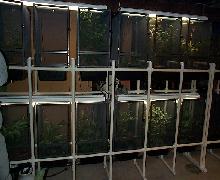Chameleopatrick
New Member
How do you KNOW that chameleons don't consume dirt or sand in the wild?If you have a chameleon lacking vitamins (like mine was) it will try and eat the dirt just because it wants more vitamins or whatever. I added more calcium to his crickets and multivitamins (dusted heavier I mean) and he STILL was eating the dirt.
Every type of chameleon I've kept has at one point has eaten sand or dirt. It may be a nutritional deficiency, but do you know ? After all these years it doesn't seem abnormal at all to me.
If I use a potted plant that contains soil, I usually cover the soil with clean sand. If the chameleon eats it, then he eats it. Won't kill them.
Substrate isn't necessary primarily because most chameleons in the pet trade are arboreal not ground dwellers. However if you were housing Namaquensis then it certainly would be necessary.
I'll bet the average chameleon in the wild gets its share of dirt, sand, and small pieces of bark.








